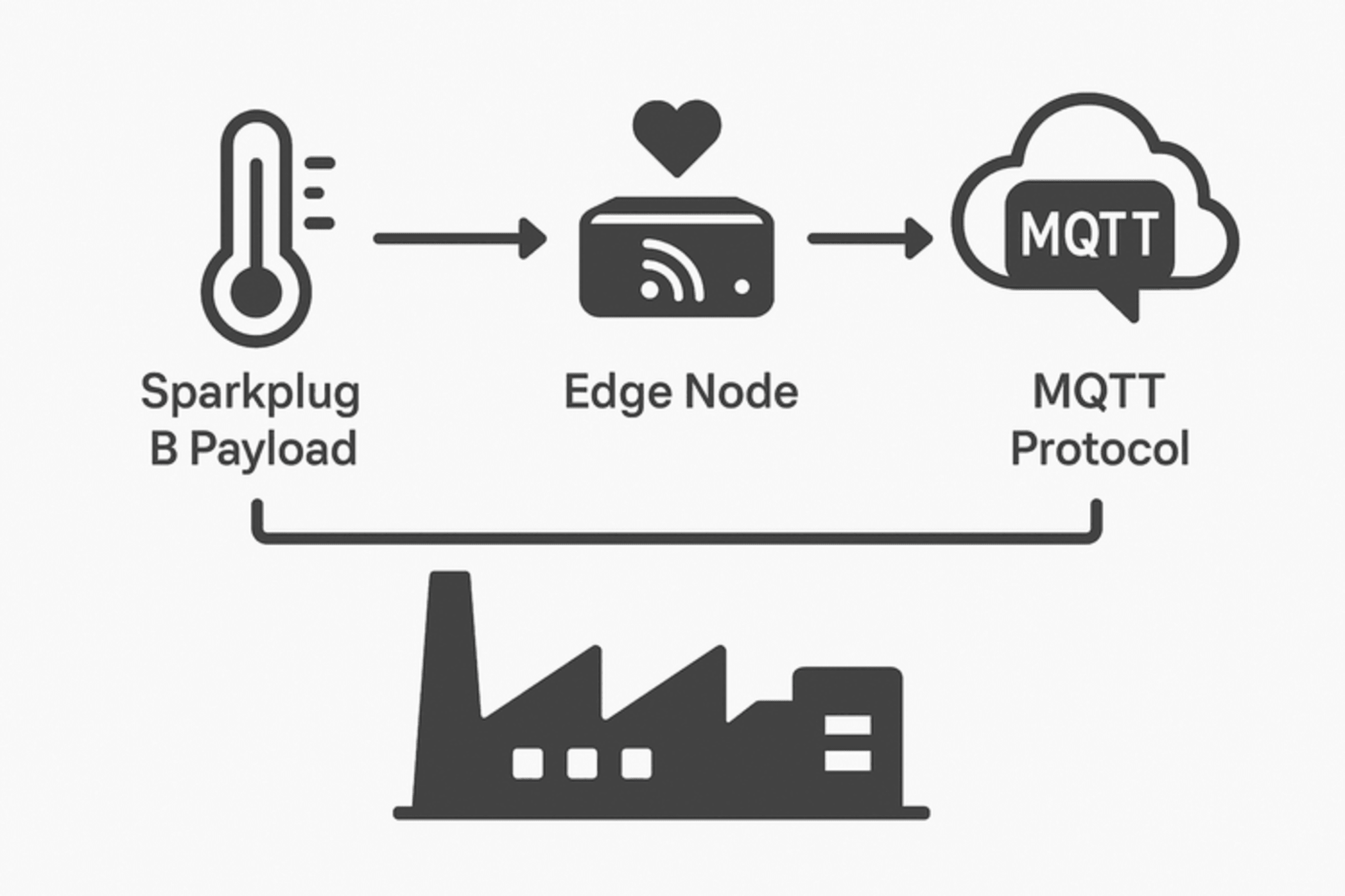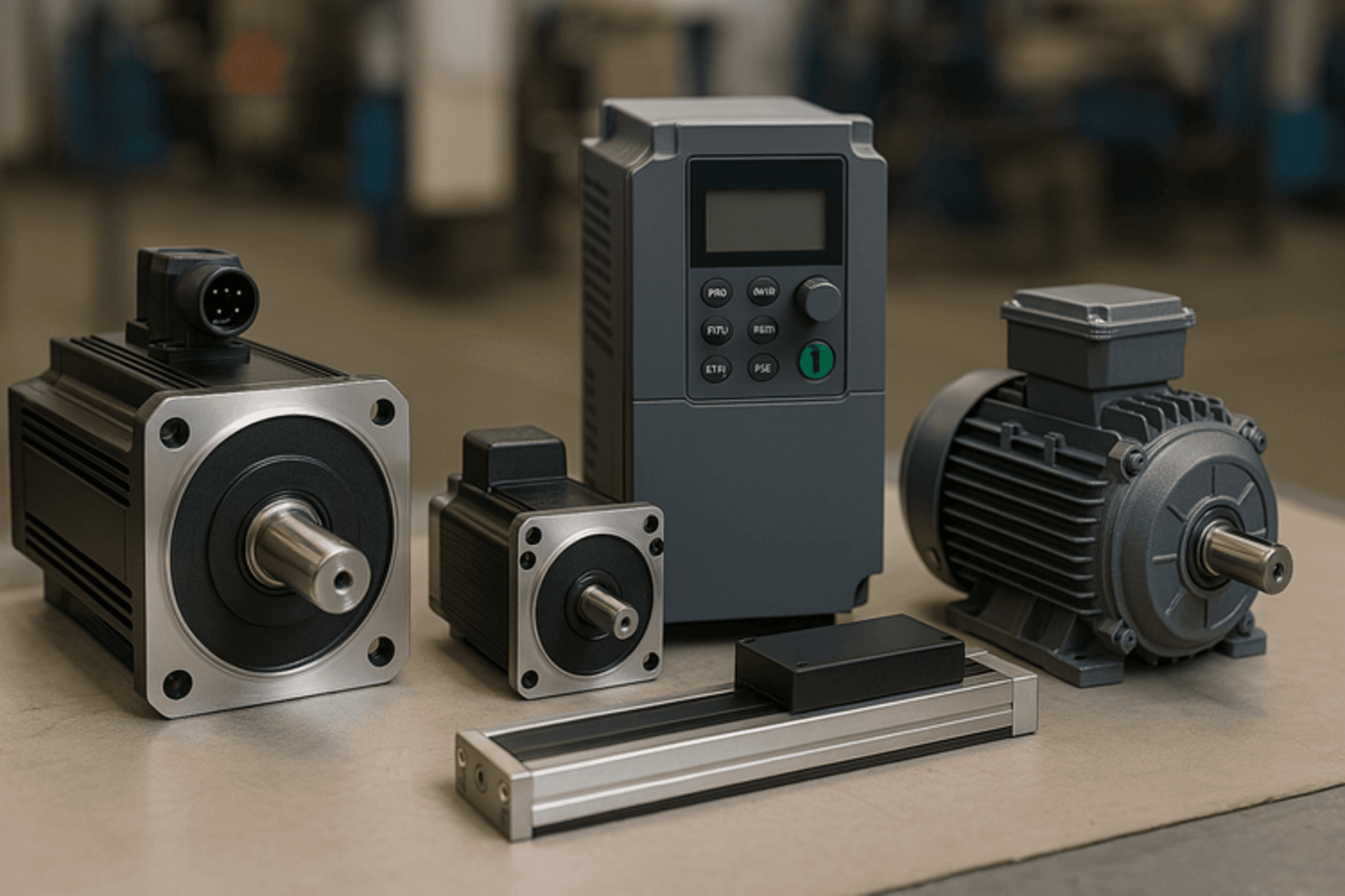MQTT - The Practical Backbone of IoT Communication (Part 1)
6 min | By Nelson Atipo
SUMMARY
In today's interconnected world, the Internet of Things (IoT) is revolutionizing how we interact with devices and manage industrial processes. At the heart of this revolution lies MQTT, a messaging protocol that's transforming IoT communication. Let's explore why MQTT has become the go-to choice for IoT applications and what it means for real-world implementations.
What is MQTT and Why Should You Care?
MQTT (Message Queuing Telemetry Transport) is a lightweight messaging protocol designed for efficient communication between devices. But why does this matter to you?
Imagine you're managing a smart factory with thousands of sensors and machines. You need these devices to communicate efficiently, in real-time, without overloading your network. This is where MQTT shines.
How MQTT Works in Practice
To understand MQTT, it's crucial to know its three main components:
- Publishers: Devices or applications that send messages
- Subscribers: Devices or applications that receive messages
- Broker: A central server that manages message routing between publishers and subscribers
These components work together in MQTT's publish-subscribe model. Here's how it plays out in a real-world scenario:
- A temperature sensor (Publisher) in your factory detects a critical temperature change.
- It publishes this data to a specific topic (e.g., "factory/section-a/temperature") on the MQTT broker.
- The MQTT broker receives this message and manages its distribution.
- All devices or applications (Subscribers) that have subscribed to this topic instantly receive the update from the broker.

This model allows for efficient, real-time communication without constant polling or heavy network traffic. Publishers and subscribers are decoupled, never communicating directly with each other, but instead relying on the broker to manage message routing.
For example, in a smart home setup:
- Your smart thermostat acts as a publisher, sending temperature data to the "home/livingroom/temperature" topic.
- The MQTT broker (running on your home server or a cloud service) manages this message.
- Your smartphone app and smart AC unit, both subscribed to this topic, receive the temperature update via the broker.
- Based on this data, your AC unit might adjust its settings, while your app displays the current temperature.
This decoupled, broker-centric approach is what makes MQTT so flexible and scalable across various IoT applications, from small smart home setups to large industrial systems.
Real-World Advantages of MQTT
Bandwidth Efficiency:
- Real-world impact: In a remote oil field with limited connectivity, MQTT's low overhead means you can reliably transmit critical sensor data without the need for expensive, high-bandwidth connections.
Scalability:
- Practical example: A smart city project can start with a few hundred traffic sensors and scale to millions of devices across various systems (traffic, waste management, air quality) without changing the underlying communication architecture.
Reliability:
- Use case: In a healthcare monitoring system, MQTT's Quality of Service (QoS) levels ensure that critical patient data is delivered, even in unstable network conditions.
Bi-directional Communication:
- Application: In a smart home, not only can your thermostat send temperature readings, but it can also receive commands to adjust settings, all using the same MQTT infrastructure.
Real-time Capability:
- Example: For a fleet management system, MQTT enables real-time tracking and immediate communication with vehicles, crucial for route optimization and emergency responses.
Overcoming Limitations: MQTT in the Real World
While MQTT offers numerous advantages, it's important to understand its limitations and how to address them:
Security:
- Limitation: MQTT doesn't encrypt messages by default.
- Solution: Use TLS/SSL for encryption and implement robust authentication mechanisms. Brokers like HiveMQ offer built-in security features.
Message Order:
- Limitation: MQTT doesn't guarantee message order across different topics.
- Workaround: If message order is crucial, consider using a single topic or implement sequence numbers in your application logic.
Message Size:
- Limitation: Large messages can impact performance.
- Solution: For large data transfers, consider breaking data into smaller chunks or using MQTT for control messages and another protocol for large data transfers.
Debugging Complexity:
- Challenge: The decoupled nature can make debugging more complex.
- Approach: Use MQTT-specific monitoring tools and implement comprehensive logging in your applications.
Getting Started with MQTT: Practical Steps
Choose a Broker:
- Options: HiveMQ, Mosquitto, EMQ X
- Tip: Start with a public broker like HiveMQ's public broker for testing, then set up your own for production.
Select Client Libraries:
- Popular choices: Eclipse Paho (multi-language), MQTT.js (JavaScript)
- Advice: Choose a library that's well-maintained and supports the MQTT features you need.
Design Your Topic Structure:
- Example: "company/building/floor/device-type/device-id"
- Best practice: Create a hierarchical structure that allows for easy filtering and scalability.
Implement Quality of Service:
- Use QoS 0 for non-critical, frequent updates (e.g., regular temperature readings)
- Use QoS 1 or 2 for critical messages (e.g., emergency alerts, financial transactions)
Plan for Scaling:
- Start with a single broker, but plan for a clustered setup as your IoT deployment grows.
- Consider cloud-based MQTT services for easier scaling and management.
Conclusion: The Practical Impact of MQTT
MQTT's simplicity and efficiency make it an excellent choice for a wide range of IoT applications. From smart homes to industrial automation, MQTT provides a flexible, reliable, and scalable communication backbone.
By understanding its strengths and limitations, you can leverage MQTT to build robust IoT systems that can grow with your needs. Whether you're monitoring a single smart device or managing a complex industrial process, MQTT offers a practical solution for real-time, bi-directional communication in the IoT world.
In Part 2 of this series, we'll explore Sparkplug, an extension of MQTT that addresses specific needs in industrial IoT applications. We'll see how Sparkplug builds on MQTT's foundation to provide standardized communication in industrial settings, further enhancing interoperability and efficiency.
Stay tuned to learn how Sparkplug is taking MQTT to the next level in industrial applications!


